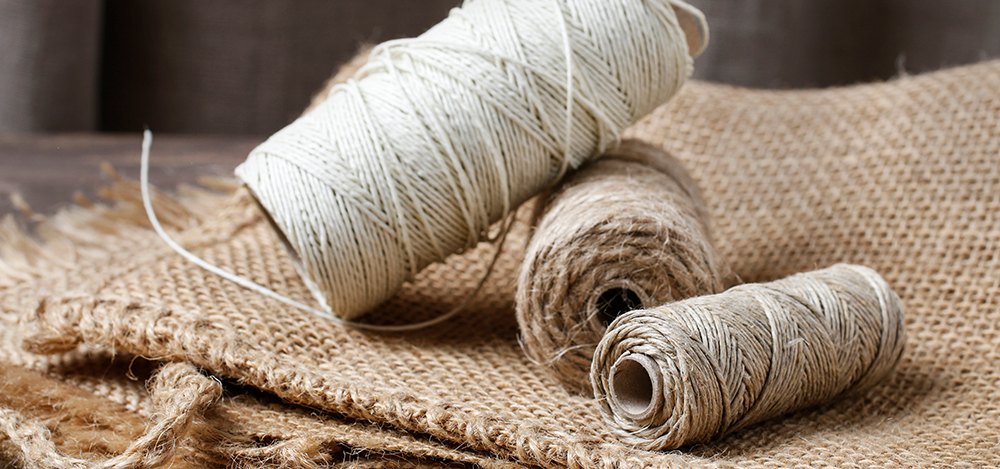Best Fabrics for Making Reusable Shopping Bags4 September 2024 | Admin
Sustainable fabrics are materials produced in an environmentally friendly manner, aiming to reduce waste, energy consumption, and pollution. Understanding sustainable fabrics involves recognising their environmental impact, production processes, and benefits. Types of Sustainable Fabrics1. Organic CottonProduction: Organic cotton is grown without synthetic pesticides or fertilisers, often using natural farming methods. Benefits: Organic cotton reduces chemical runoff, promotes soil health, and uses less water than conventional cotton. 2. BambooProduction: Bamboo fabric is made from the pulp of bamboo plants, which increases without the need for pesticides or fertilisers. Benefits: Bamboo is a highly renewable resource, biodegradable, and requires less water to grow. 3. HempProduction: Hemp fabric is derived from the stalks of the hemp plant, which proliferates in diverse climates. Benefits: Hemp uses minimal water, improves soil health, and absorbs CO2 more effectively than other plants. 4. LinenProduction: Linen is made from flax plants, requiring fewer pesticides and fertilisers. Benefits: Linen is durable, biodegradable, and has a low environmental impact. 5. Recycled PolyesterProduction: Recycled polyester is created from recycled plastic bottles and other plastic waste. Benefits: It reduces waste, lessens the demand for virgin polyester, and uses less energy. 6. Tencel (Lyocell)Production: Tencel is produced from sustainably sourced wood pulp using a closed-loop process that recycles solvents. Benefits: Tencel is biodegradable, soft, and requires less water and energy. Benefits of Sustainable FabricsReduced Environmental Impact: Lower energy consumption, reduced water usage, and minimal chemical use. Improved Soil and Water Health: Reduced pesticide and fertiliser runoff. Better for Human Health: Fewer chemicals used in production mean fewer skin irritations and allergies. Promotes Biodiversity: Supports diverse agricultural practices that benefit ecosystems. Challenges in AdoptionCost: Often more expensive due to sustainable farming and production practices. Availability: Limited supply compared to conventional fabrics. Consumer Awareness: Need for increased education on the benefits and availability of sustainable options. Sustainable fabrics offer a range of environmental and health benefits, making them an important choice for reducing the fashion industry's ecological footprint. Awareness and demand for these fabrics can drive more sustainable practices in textile production. |
|



